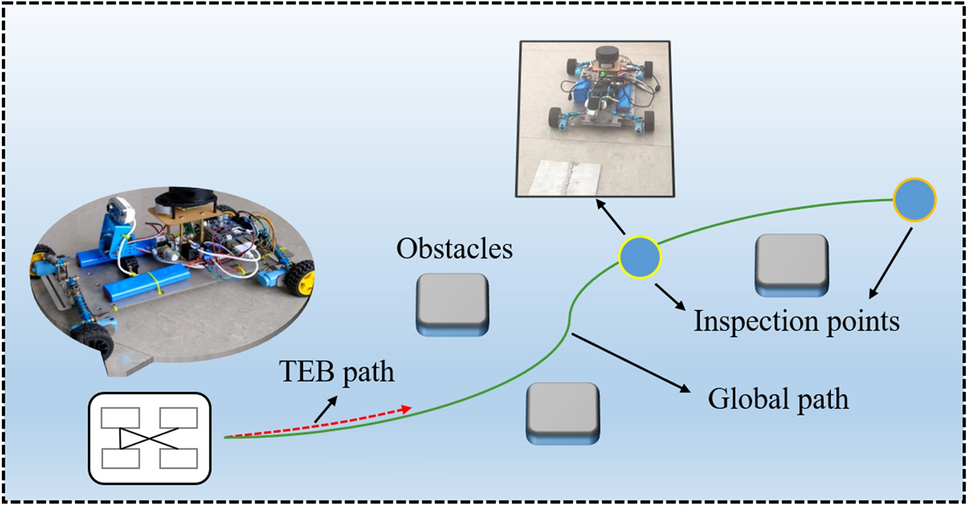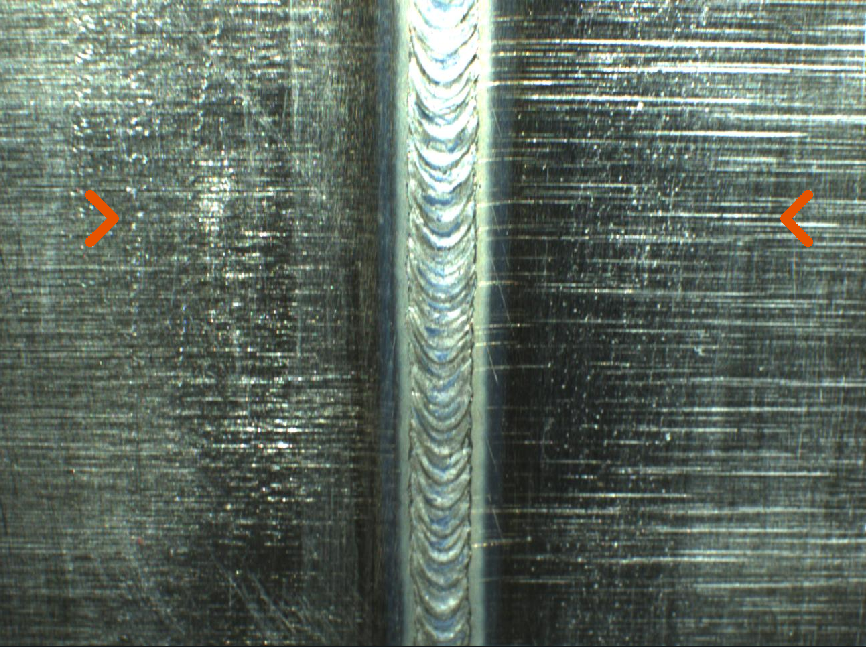Essential Tips for Effective Welding Inspection Racine Services
Essential Tips for Effective Welding Inspection Racine Services
Blog Article
Cutting-edge Strategies to Fillet Weld Examination and Testing: Enhancing Weld Quality and Conformity Criteria
In the realm of welding, the quality and stability of fillet welds play a crucial function in making sure the architectural sturdiness and integrity of numerous industrial parts. With the consistent drive for enhanced performance and compliance with strict criteria, the expedition of innovative strategies to fillet weld evaluation and screening has actually come to be crucial. As sectors advance, the standard techniques might no more be enough in meeting the needs of contemporary welding applications. By accepting advanced innovations and techniques, a new horizon of opportunities emerges in the world of weld top quality assessment and adherence to conformity requirements.
Advanced Non-Destructive Testing Methods
Using advanced modern technologies, advanced non-destructive screening techniques play a critical role in guaranteeing the honesty and high quality of fillet welds. These methods, such as phased variety ultrasonic testing (PAUT) and magnetic particle screening (MPT), deal comprehensive insights into the weld's inner framework without triggering any damage to the product. PAUT, for example, makes use of numerous ultrasonic components to check the weld from different angles, giving a comprehensive visualization of possible flaws like lack of fusion or splits.
By utilizing these innovative non-destructive testing techniques, weld examiners can properly examine the top quality of fillet welds, making sure compliance with market requirements and regulations. The capacity to discover problems early on not only boosts weld top quality but additionally protects against expensive rework or failures in structural integrity, highlighting the relevance of these innovative screening techniques in welding examinations.
Robotics and Automation in Evaluation
The combination of robotics and automation has actually reinvented the examination procedure for fillet welds, enhancing performance and accuracy in quality assessment. Robotics supply specific control and repeatability in inspecting welds, making certain regular and reliable outcomes. Automated systems can be set to comply with specific assessment courses, guaranteeing detailed coverage of welds and reducing the risk of human error.
Robotic inspection systems outfitted with innovative sensors can spot and gauge weld features with high accuracy, giving comprehensive data for evaluation. These systems can identify flaws such as cracks, lack of fusion, and porosity, allowing timely restorative actions to be taken. Furthermore, robotics and automation permit real-time data collection and evaluation, offering instant comments to drivers and promoting fast decision-making procedures.
Furthermore, the usage of robotics and automation in fillet weld evaluation boosts general efficiency by lowering inspection times and raising inspection throughput. By streamlining the examination procedure, suppliers can guarantee weld quality and compliance criteria are satisfied successfully, eventually leading to set you back financial savings and improved item quality.
Utilizing Artificial Knowledge for Analysis
Man-made intelligence plays a pivotal function in enhancing the efficiency and precision of analysis in fillet weld assessment processes. AI formulas can swiftly refine substantial amounts of information from weld assessments, finding flaws or inconsistencies that may be testing to determine with the nude eye - Welding Inspection Racine.
Moreover, AI systems can pick up from past examination information, continuously improving their capability to determine prospective defects and variances in fillet welds. This flexible discovering capacity enhances the overall top quality control process, minimizing the possibility of human mistake and guaranteeing that welds fulfill the needed requirements. By incorporating synthetic knowledge into fillet weld analysis, sectors can achieve greater levels of performance, consistency, and conformity in their inspection practices.
Portable Devices for On-Site Examination
 Enhancing area examination performance, the adoption of mobile tools changes on-site assessment processes for fillet welds. These tools provide versatility and convenience, permitting assessors to perform extensive assessments in different places, including tough or remote environments. Mobile tools such as ultrasonic testing gadgets, magnetic bit examination devices, and digital radiography systems provide find more information real-time information and high-resolution imaging abilities, enabling fast decision-making and immediate responses on weld high quality.
Enhancing area examination performance, the adoption of mobile tools changes on-site assessment processes for fillet welds. These tools provide versatility and convenience, permitting assessors to perform extensive assessments in different places, including tough or remote environments. Mobile tools such as ultrasonic testing gadgets, magnetic bit examination devices, and digital radiography systems provide find more information real-time information and high-resolution imaging abilities, enabling fast decision-making and immediate responses on weld high quality.One significant advantage of portable devices is their capability to simplify evaluation treatments, minimizing downtime and enhancing overall performance. Examiners can quickly transfer these devices to various job websites, removing the need for transferring hefty machinery or parts to off-site centers. In addition, the transportability of these devices promotes cost-effectiveness by reducing transportation expenditures and increasing inspection timelines.
Additionally, the use of mobile tools for on-site inspection advertises aggressive quality assurance measures, as assessors can quickly determine and attend to any type of potential welding issues or disparities. By incorporating these innovative innovations into on-site assessment methods, welding professionals can guarantee compliance with industry standards and improve weld high quality, eventually bring about improved architectural honesty and security in numerous welding applications.
Combination of Data Monitoring Equipment
Having optimized on-site assessment procedures with the usage of portable tools, click for more info the following phase entails the smooth assimilation of data management systems to further boost effectiveness and data evaluation capabilities in fillet weld examination and screening. Welding Inspection Racine. By integrating information administration systems into the inspection process, organizations can improve information collection, storage, and evaluation. This combination permits real-time monitoring of weld quality, immediate recognition of issues, and timely decision-making to rectify any type of issues that might develop throughout the examination process
The assimilation of information monitoring systems enables seamless interaction in between various stakeholders involved in the evaluation procedure, promoting cooperation and improving total top quality this content control steps. Eventually, the assimilation of information monitoring systems offers to elevate the criteria of fillet weld inspection and testing, making certain compliance with market regulations and boosting weld high quality.
Conclusion
In verdict, ingenious techniques to fillet weld assessment and screening have substantially enhanced weld high quality and conformity requirements. Advanced non-destructive screening approaches, robotics, automation, man-made knowledge, mobile tools, and information monitoring systems have actually changed the means weld examinations are performed. By utilizing these modern technologies, markets can make certain that welds satisfy the needed top quality criteria and policies, inevitably boosting total efficiency and security in welding processes.

By using these innovative non-destructive testing techniques, weld inspectors can accurately assess the top quality of fillet welds, ensuring compliance with market standards and policies. Portable tools such as ultrasonic screening gadgets, magnetic bit examination devices, and electronic radiography systems give real-time information and high-resolution imaging capacities, allowing quick decision-making and immediate comments on weld quality.
Having actually maximized on-site inspection processes through the use of mobile tools, the following phase involves the smooth combination of data administration systems to further improve performance and information evaluation capacities in fillet weld evaluation and screening (Welding Inspection Racine). Inevitably, the combination of information administration systems offers to boost the requirements of fillet weld examination and testing, making certain conformity with industry regulations and enhancing weld quality
 In final thought, innovative approaches to fillet weld assessment and screening have dramatically boosted weld high quality and conformity criteria.
In final thought, innovative approaches to fillet weld assessment and screening have dramatically boosted weld high quality and conformity criteria.Report this page